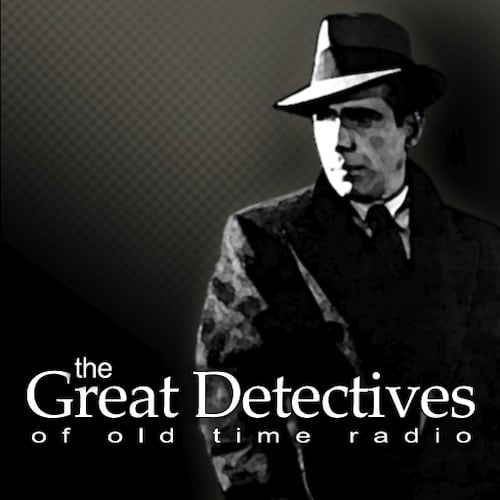In the 1980s, Powers Boothe starred in the HBO series Philip Marlowe, Private Eye, a series based on Raymond Chandler’s short stories featuring Marlowe (or other detective characters Chandler created who were indistinguishable from Marlowe.
The second season is available for viewing on Amazon Prime and features two stories that were released as Marlowe stories in the collection Trouble is My Business as well as four others.
Boothe plays the lead and delivers a solid performance. However, some great actors have taken on this role, including Humphrey Bogart, Dick Powell, and Gerald Mohr. I wouldn’t put Boothe in their league. There are moments where it feels like he’s trying too hard to create an effect of being a hard-boiled private eye and those are the moments where I find myself taken out of the story. That said, there have been worse takes on Marlowe, and I think Boothe works more often than not in this season.
The rest of the cast was fairly solid and believable. The main guest stars turned in good performances (including a young Robin Givens) and the supporting players all felt authentic.
The costume designs are great and did a superb job of capturing the era. On the other hand, compared to other period productions of the era, the sets and cinematography are pretty unremarkable. Nothing takes you out of the story with obvious anachronisms from the 1980s in the 1930s sets, but they also don’t evoke the era. They feel more like settings that existed unchanged from the 1930s to the 1980s.
The real highlight for many are the stories by Chandler. If you want to see adaptations of most of these stories, this is the only way to see them. As far as I know, four of them weren’t even adapted to radio. What comes across as a bit of a cheap feel for most of the production does work pretty well in telling the stories of the mean streets that Chandler does.
So overall, this isn’t close to being the best on-screen Marlowe presentation or production, but the trappings do well enough to be able to communicate some great overlooked hardboiled tales from the pen of Raymond Chandler, which makes this series worth checking out for fans of Philip Marlowe.
Rating: 3.5 out of 5
